Entry Type: Place - Starting with A
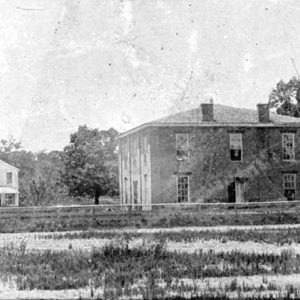 Arkansas County Courthouse
Arkansas County Courthouse
 Arkansas County Courthouse, Northern District
Arkansas County Courthouse, Northern District
 Arkansas County Courthouse, Southern District
Arkansas County Courthouse, Southern District
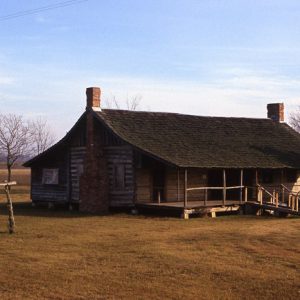 Arkansas County Museum
Arkansas County Museum
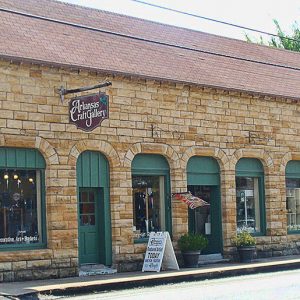 Arkansas Craft Guild
Arkansas Craft Guild
 Arkansas Craft Guild and Gallery Store
Arkansas Craft Guild and Gallery Store
 Arkansas Cumberland College
Arkansas Cumberland College
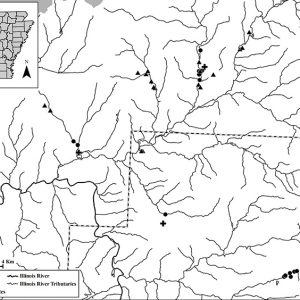 Arkansas Darter Locations
Arkansas Darter Locations
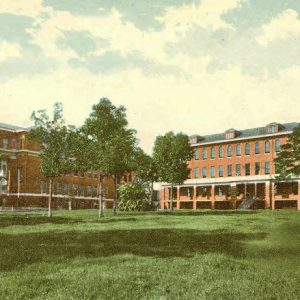 Arkansas Deaf Mute Institute
Arkansas Deaf Mute Institute
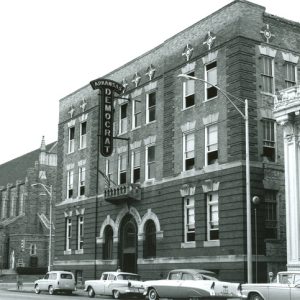 Arkansas Democrat Building
Arkansas Democrat Building
 Arkansas Department of Workforce Services (ADWS)
Arkansas Department of Workforce Services (ADWS)
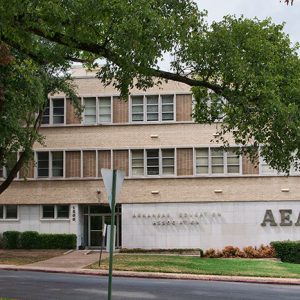 AEA Building
AEA Building
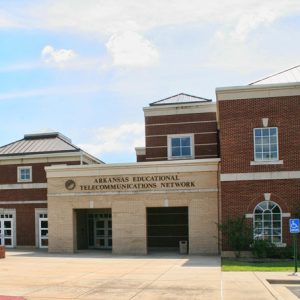 Arkansas Educational Television Network (AETN)
Arkansas Educational Television Network (AETN)
Arkansas Entertainers Hall of Fame
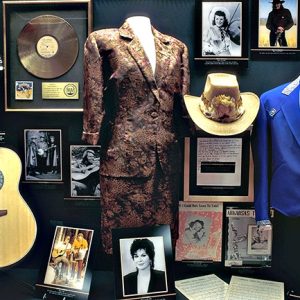 Arkansas Entertainers Hall of Fame
Arkansas Entertainers Hall of Fame
 Arkansas Folk Festival
Arkansas Folk Festival
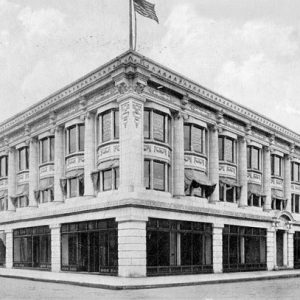 Arkansas Gazette Building
Arkansas Gazette Building
 Arkansas Gazette Comp Room
Arkansas Gazette Comp Room
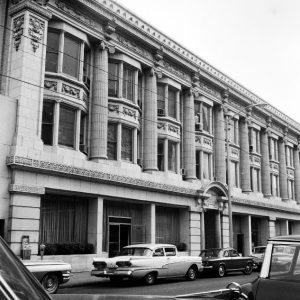 Arkansas Gazette Building
Arkansas Gazette Building
 Arkansas Health Center
Arkansas Health Center
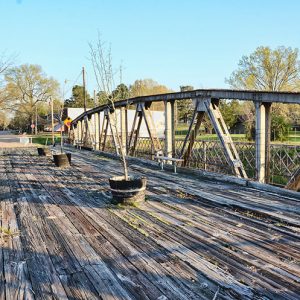 Arkansas Highway 57 Bridge
Arkansas Highway 57 Bridge
Arkansas Historic Wine Museum
 Arkansas Historic Wine Museum
Arkansas Historic Wine Museum
Arkansas Holiness College
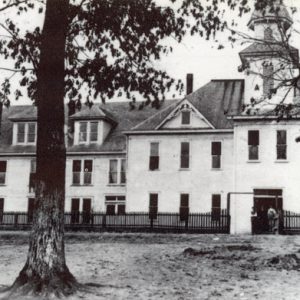 Arkansas Holiness College
Arkansas Holiness College
 Arkansas House Inn
Arkansas House Inn
Arkansas Inland Maritime Museum
 Arkansas Insane Asylum
Arkansas Insane Asylum
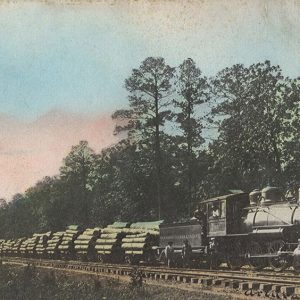 Arkansas Lumber Company
Arkansas Lumber Company
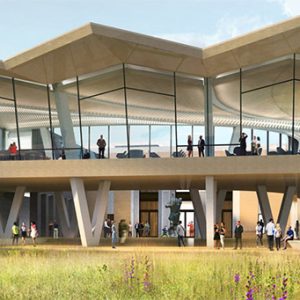 Arkansas Museum of Fine Arts
Arkansas Museum of Fine Arts
Arkansas Museum of Fine Arts
Arkansas Museum of Natural Resources
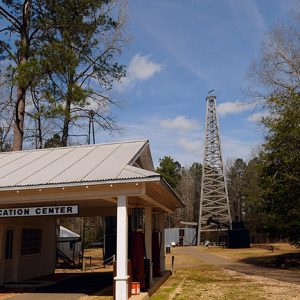 Arkansas Museum of Natural Resources
Arkansas Museum of Natural Resources
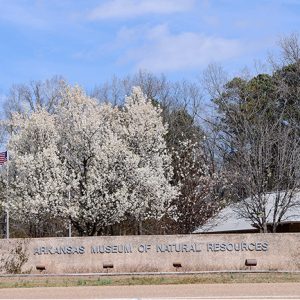 Arkansas Museum of Natural Resources
Arkansas Museum of Natural Resources
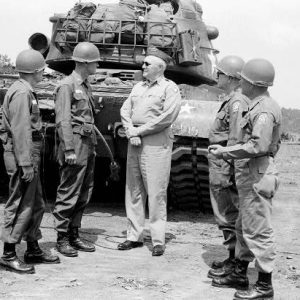 Arkansas National Guard
Arkansas National Guard
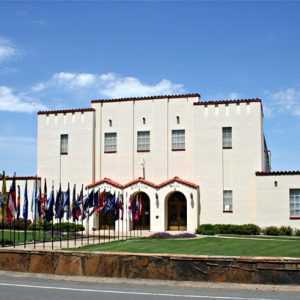 Arkansas National Guard Museum
Arkansas National Guard Museum
Arkansas Normal College
Arkansas Northeastern College
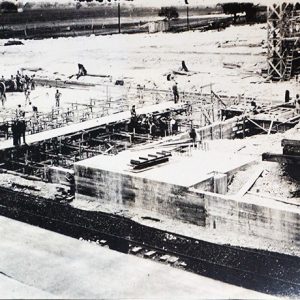 Arkansas Portland Cement Company
Arkansas Portland Cement Company
 Arkansas Portland Cement Company
Arkansas Portland Cement Company
 Arkansas Post; 1689
Arkansas Post; 1689
Arkansas Post
Arkansas Post Museum
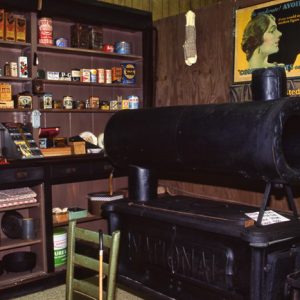 Arkansas County Museum Displays
Arkansas County Museum Displays
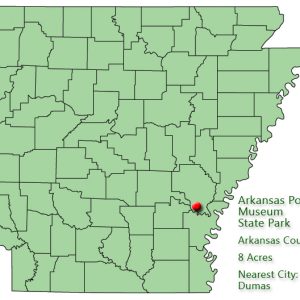 Arkansas Post Museum State Park: Park Location
Arkansas Post Museum State Park: Park Location
Arkansas Post National Memorial
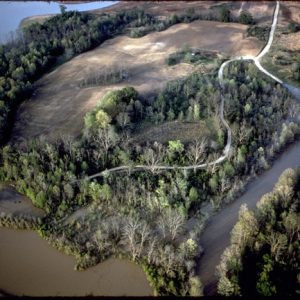 Arkansas Post National Memorial
Arkansas Post National Memorial
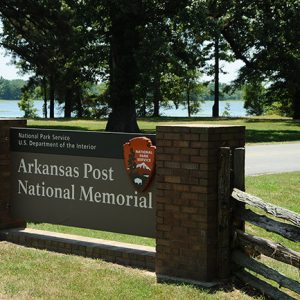 Arkansas Post National Memorial
Arkansas Post National Memorial




